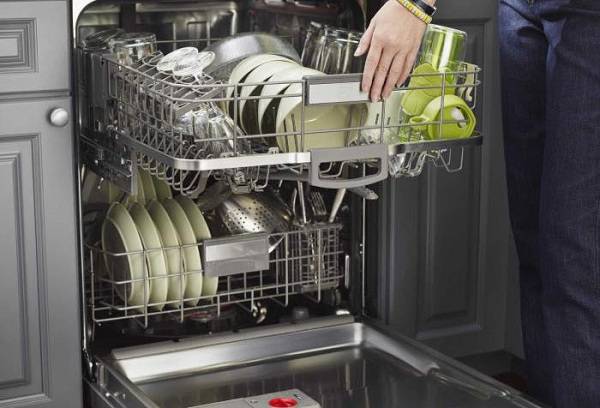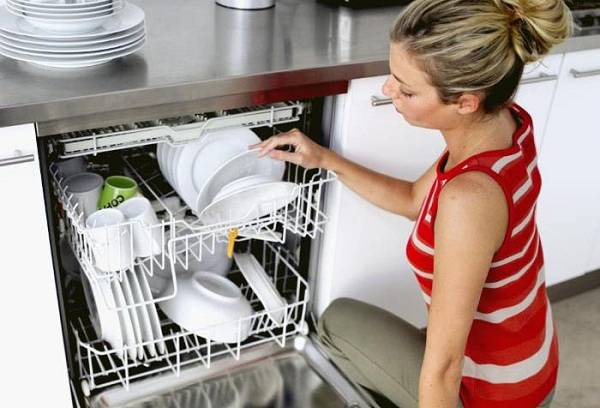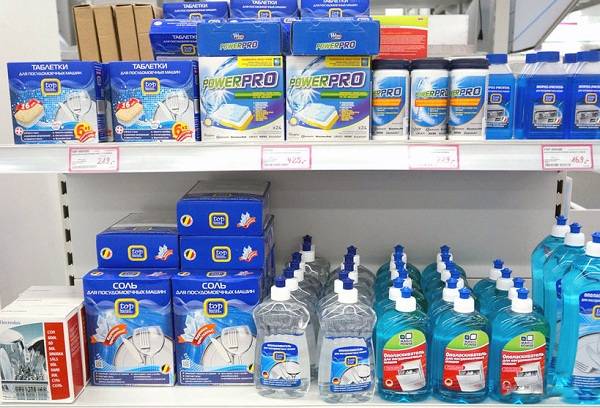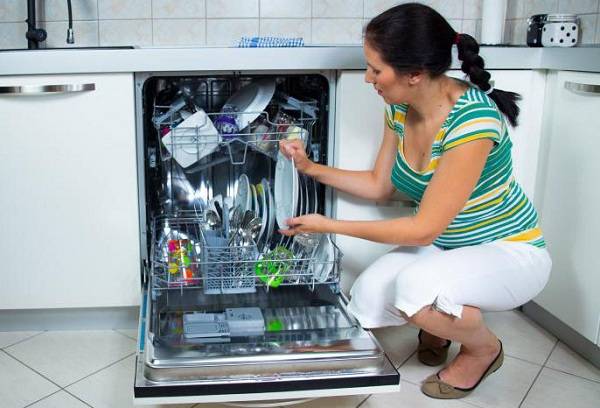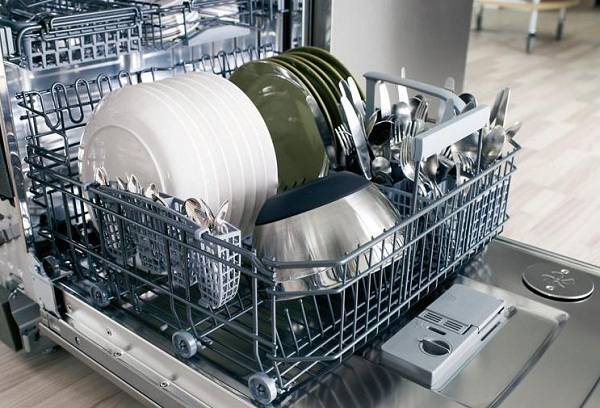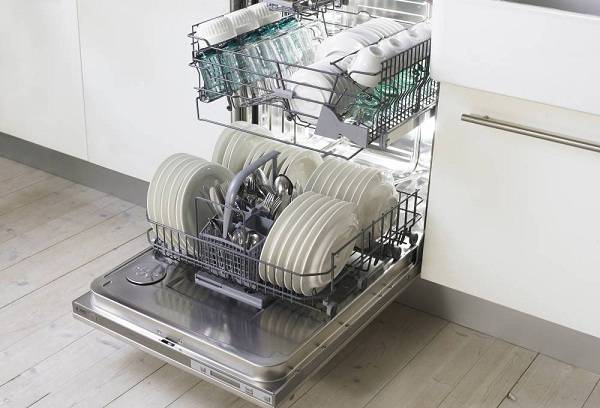Rules and nuances of loading dishes into the dishwasher
Content:
Few people know that before loading the dishes into the dishwasher, it is necessary to pre-treat the products. Practice shows that not every owner of a functional device even knows how to correctly distribute household items by sectors, place them on supports.
The result of such an attitude is poor-quality cleaning of dishes, damage to fragile things, sharp objects become blunt, transparent ones become cloudy. Instead of manually washing all the products, you just need to learn how to load them according to all the rules. The procedure is troublesome, but not at all complicated and, over time, is brought to automatism.
Mandatory pre-training
Despite the fact that many manufacturers of dishwashers claim that dishes can be arranged in nests immediately after removing large food debris, experienced housewives and service staff are advised to adhere to the following procedure:
- We clean every item of food from food waste using a silicone spatula, cloth or napkin. It is not entirely correct to use spoons, forks and knives for this purpose, the quality of products on both sides suffers from this.
- If the objects left traces of rice, peas, cereal, corn or other small components, then they should be moistened under running water. This will prevent them from drying out and allow not to abuse the powerful washing regimes, additional rinses.
- Rinsing the dishes is also relevant if the machine does not load at once, but throughout the day or several hours.
It is equally important to determine in advance what detergents will be used in the processing process. Many housewives make the same mistakes - they either use everything they have at once, or they think that it is possible to limit themselves to just one product. Ideally, the device should be loaded with the following compositions:
- Detergent. Usually it is a powder, tablets or gel. Practice shows that fluids with a given purpose do not cope so effectively.
Tip: It is strictly forbidden to pour detergents that are not specifically designed for this appliance into the dishwasher's receivers. Universal liquid for washing dishes can seriously harm the elements of the apparatus and shorten its life.
- Rinse aid. Prevents the appearance of stains, gives objects a pleasant aroma. It is recommended for use when the drum is fully loaded.
- Degreaser. This is not a means to clean dishes from grease, detergent composition and hot water can do this without any problems. This product is intended to prevent the formation of fat deposits on machine parts.
- Regenerating salt. Softens water. It can be discarded if the liquid is pre-filtered.
- Composition against scale. Prevents plaque formation. It is loaded no more than 2-3 times a year.
All of these products must be used strictly according to the instructions, not exceeding the dosages, but also not saving on such important components.
Rules for the arrangement of kitchen utensils
Correctly arranging the dishes in the sockets of the machine is not so difficult, especially since they often differ in shape and appearance. In addition, after several downloads, it will become clear which products are washed worse and why this happens. In principle, you can be guided by the following recommendations:
- Plates. They are best placed at the bottom facing the center, tilting slightly forward.Contact of products is unacceptable, this will block the access of water.
- Cups, bowls and glasses. All small but deep accessories must be placed on the top section of the machine, turning them upside down or at least under a strong slope.
- Plastic. It will also be correctly displayed in the upper section, regardless of size. Given the fact that the heating element in almost all structures is located below, the risk of deformation of temperature-demanding products will be minimal.
- Pots, stewpots and pans should occupy the lower tier. Optimum upside down or tilted position.
- Cutlery can only be placed in the designated tray. All products are placed with the handles down so that they do not touch each other, otherwise they simply stick together. Too long gizmos (shovels, spatulas, tongs) will have to be inclined in large compartments, otherwise they will block the operation of the sprayers.
Items such as chopping boards are best washed by hand. From the temperature effect, their surface can change, go cracking.
How to wash dishes in the dishwasher
In addition to the basic rules for loading and using a dishwasher, there are several points that affect the quality of product processing:
- If materials allow, do not lower the temperature of the water in order to save electricity. Items are not washed well and will have to be processed manually.
- If the model of the device does not imply the presence of an upper atomizer, then things in the sockets must be positioned so that they do not block the flow of fluid. Pots and pans in this case are more rational to wash by hand.
- If there are a lot of dishes, then it needs to be sorted, first loading objects of the same type (for example, plates of the same type).
- In order to save energy, the drying function can be completely abandoned, it is enough to open the device door after the end of the program.
- Dishes contaminated not with grease but with easily washed away components are best treated with short washing modes. This will ensure high-quality cleaning products with minimal time and energy costs.
In general, after the first run of the machine it will become clear whether everything was done correctly. If there are any shortcomings as a result, you need to analyze the arrangement of objects and make adjustments to the next approach.
